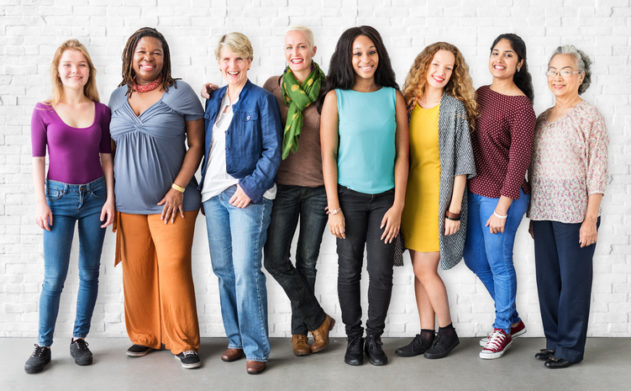Now it’s time for women to get to work on the biggest domestic job of our time: putting the country back on a course of civil public conversation.
The recent annual release of the American Time Use Survey confirms what women already know: It’s up to us to clean house. Once again, women spent more time—about 30 percent more—doing housework than men. For most women, the surprise is that the number is so low.
Now it’s time for women to get to work on the biggest domestic job of our time: putting the country back on a course of civil public conversation.
As an African-American journalist and a white author/college professor, we’re already practicing what we preach. We’ve spent the past year bringing together a room of 20 diverse leaders, helping them develop strong public voices. We’ve learned, sometimes the hard way, how important it is to support each other, to bolster our own unique strengths while watching out for each others’ inevitable blind spots.
With a new poll showing that 70 percent of Americans think civility has nose-dived under President Trump, the country needs such efforts now more than ever. While male legislators such as Paul Ryan have consistently shrugged off Trump’s insulting, offensive, and personal attacks on women, it is women legislators on both sides of the aisle who are saying this behavior has to stop. Clearly, it’s up to women of all races, ages, and political persuasions to find common ground and restore productive discourse.
This will not be easy. In the last election, women of different races didn’t see eye to eye: Most black women – 94 percent– voted for Hillary Clinton; a majority of white women voted for Trump. Nevertheless, Trump’s personal attacks on a cable news host have made it clear who needs to clean house.
As we launched our fellowship of leaders – black, brown, and white, of different genders, faiths, and sexual orientations – we knew that the two of us would need to set an example of cooperation. We realized that on a personal level, as on a national level, this couldn’t be done by pretending to be color- or gender-blind. History shows that no common cause can outweigh or erase all the differences of lived experience that make us who we are. When black journalist Ida B. Wells was asked to march in a segregated unit in the 1913 women suffrage parade in Washington D.C. and refused, when Betty Friedan’s 1963 milestone work, “The Feminine Mystique,” omitted the contributions and challenges of women of color, many wondered, as Sojourner Truth famously asked in 1851, “Ain’t I a Woman?”
However, what has worked in changing the narrative is a genuine effort to understand and sympathize with even unfamiliar experiences, to see ourselves in every face we gaze into. Approaches that account for difference, rather than overlooking it, have led to improvements: Doctors no longer base all health advice on white male bodies; all-male panels of experts are now shamed in social media.
So, as teaching partners, we decided not to ignore race, but rather to account for differences, between ourselves and among our fellows. That has meant we’ve had to be humble, and to be comfortable with moments of discomfort, in the language we use and the assumptions that we’re bound to make. (Calling everyone “you guys” can’t always be the go-to alternative.)
One surprisingly simple thing has made a difference. We’re kind to each other in our teaching. That means we listen carefully to each other, even if we are not “onstage” at that moment; we refer to each other’s comments; we give each other the benefit of the doubt with humor and generosity.
We were surprised, actually, that such kindnesses were called out in class evaluations. Maybe we’ve become a meaner society in an era where our leader lacks gentility and respect.
Maybe this is a time when acts as simple as writing on a flip chart for your partner stand out. Maybe this is a time when simple cooperation across races, gender, and religious differences, is in short supply.
Whatever the reasons, when we realized how much the room responded to kindness and cooperation, we tried to become more intentional about it. We revised sections of our curriculum to be more improvisational and conversational, and saved disagreements for later – over a well-earned glass of wine.
The key has been developing trust, which does not always come easily. We’ve had different life experiences, come from different parts of the country, have different teaching styles, and had never taught together before. But in the end, our efforts to build that trust helped us come together. And it is such trust, ultimately, that will allow a much broader group of women to work together, one relationship at a time, to put this house back in order, making it fit for the next generation.
Mary C. Curtis, an award-winning journalist based in Charlotte, N.C., is a columnist at Roll Call, and contributor to a variety of print, online and broadcast outlets. Christine Larson teaches journalism at Stanford University. Both are senior leaders with The OpEd Project.
Other Links:

